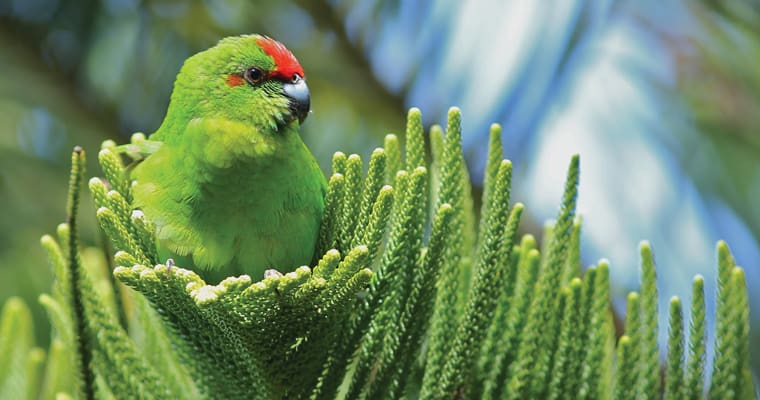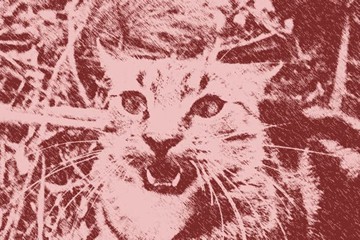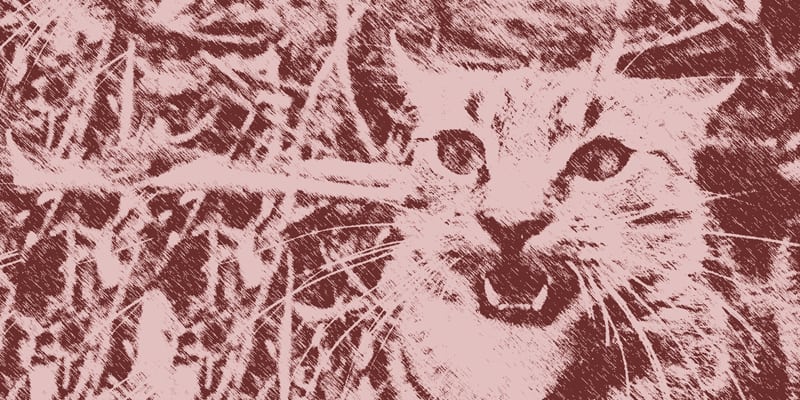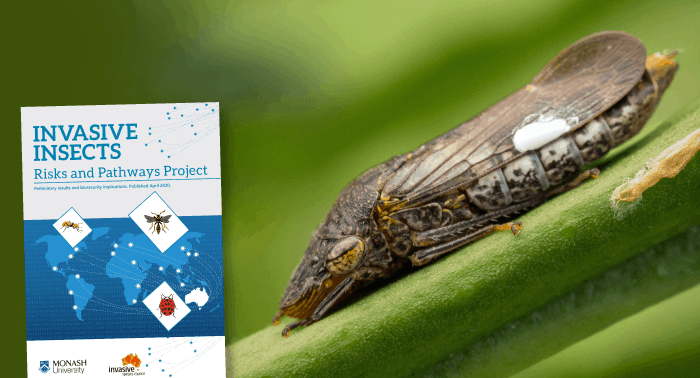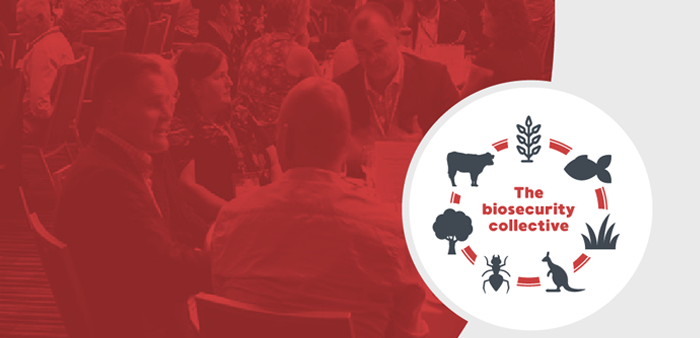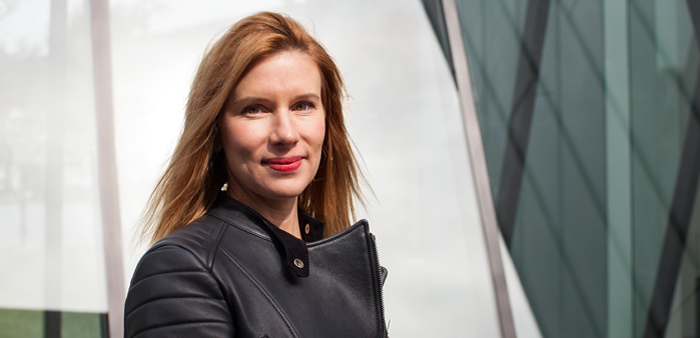
Invasive Species Council co-founder, Tim Low receives AM for contributions to environmental conservation
Tim Low, co-founder of the Invasive Species Council and esteemed author, has been appointed a Member of the Order of Australia (AM) for his extraordinary contributions to conservation and environmental education.











